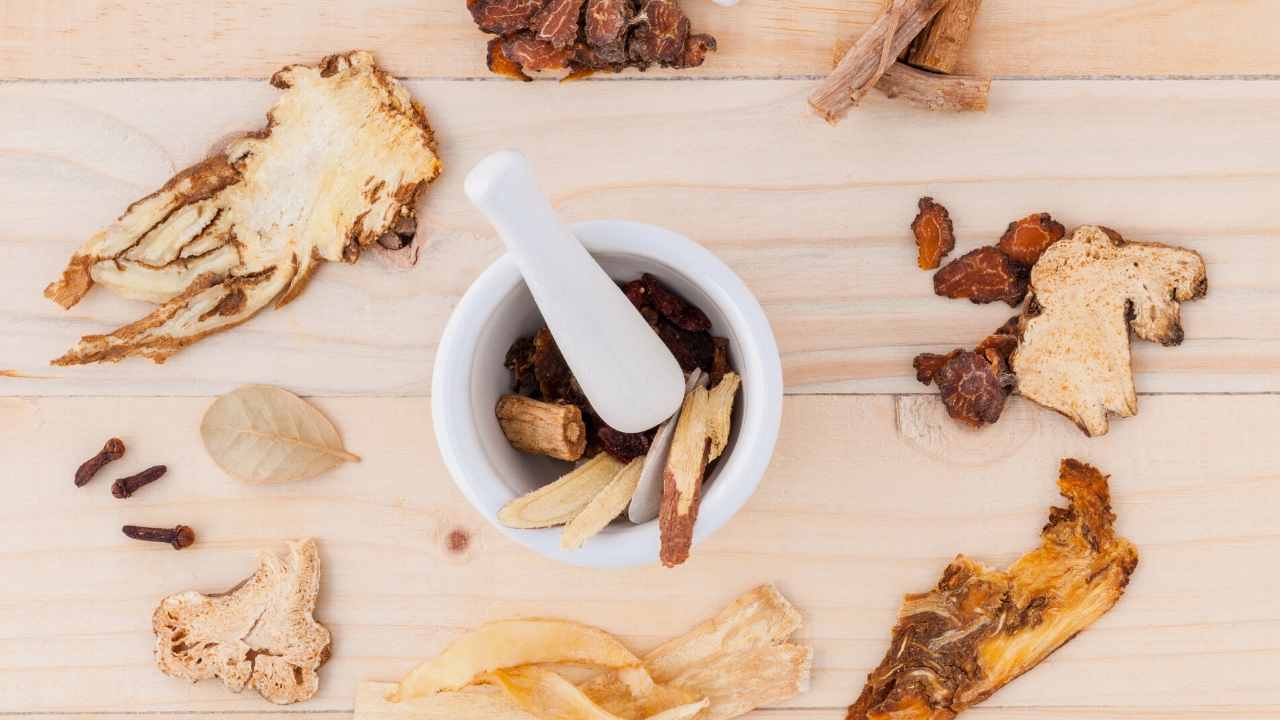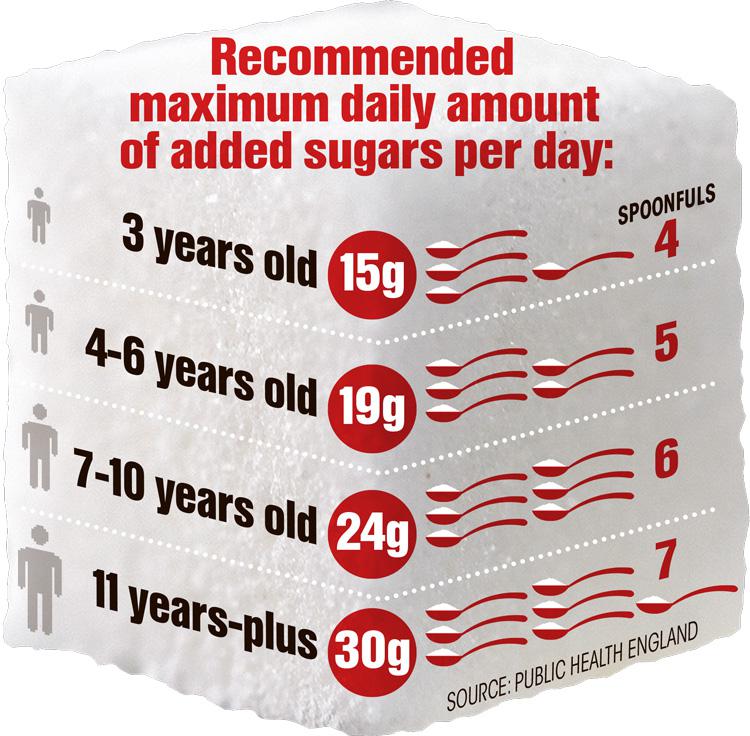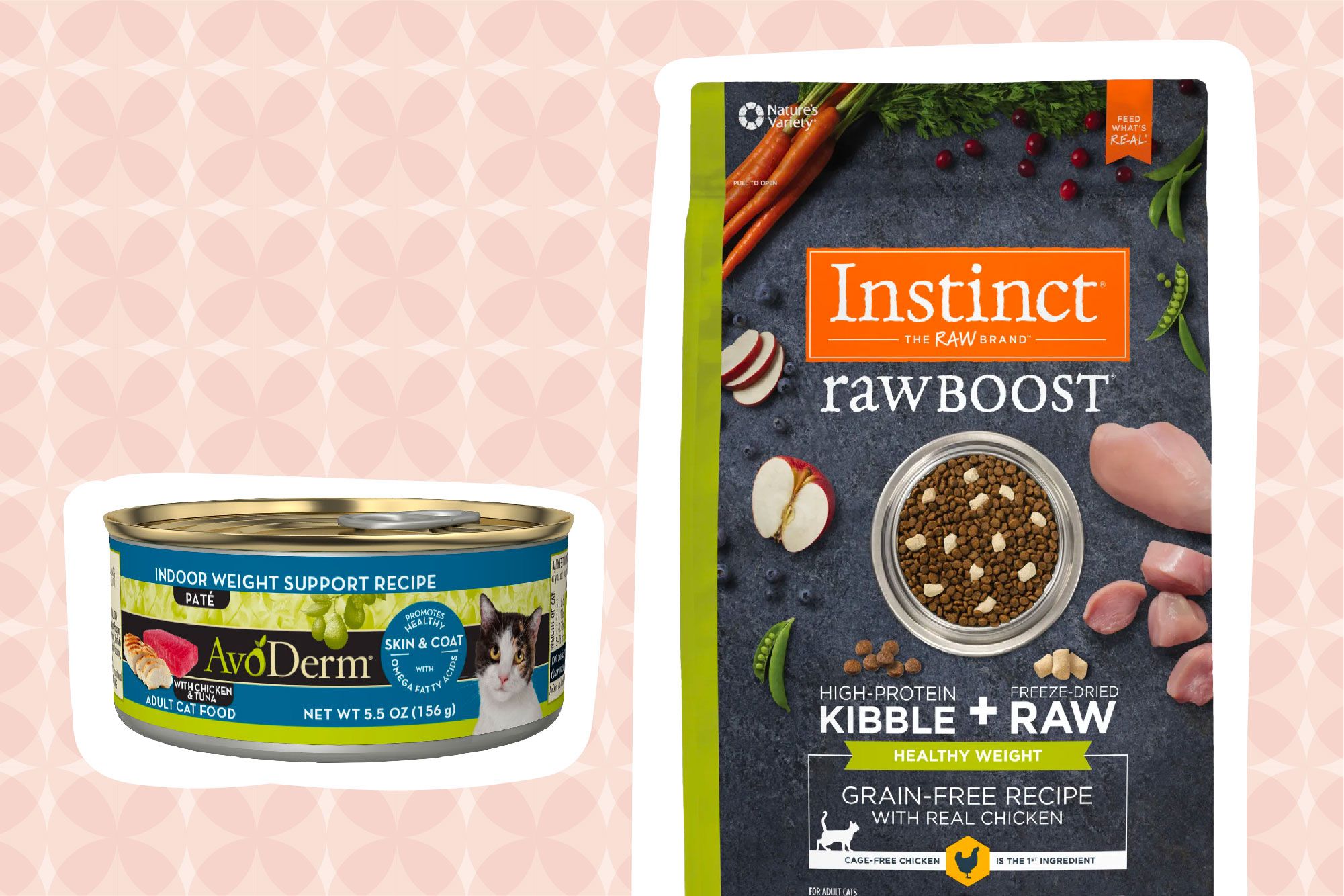
A "clean" diet does not include counting calories. Instead, it focuses on whole foods including lean proteins and complex carbohydrates as well as fresh fruits and veggies. A good meal plan will include three small meals, two- or three substantial snacks and plenty of water. You can eat clean by keeping track of what you consume and monitoring your calorie intake. This can be done by keeping track of the foods you eat each morning. You'll be amazed at how much weight you lose and how great you feel.
Sample meal plans are included in the diet eat clean program. Tosca Reno is a mother of three who had become obese after giving birth to her first child. She wanted to lose weight so she set out to find a way. Her own plan was created and she lost 200 lbs and became a swimsuit model. Following the meal plan helped her get into great shape, and even to find modeling work.

You don't need to be a member of a diet club, or even attend meetings to learn about the diet. Also, you don't have to buy pre-packaged food to follow it. Tosca Reno can provide books to help you get started. Support is also offered through Facebook groups. You should note that this type of diet does not include specific weight loss goals or a time limit. Instead, your diet will focus on small, fresh, organic meals.
Saturated fats are prohibited in the eat clean plan. This plan doesn't allow refined or processed grains. The plan excludes alcohol. In addition to eliminating alcohol and refined grains, the Eat clean diet program emphasizes foods rich in fiber, complex carbohydrates, and vitamins and minerals. Although the program does not advocate veganism it encourages healthy living. In fact, many experts recommend cutting out all animal products and replacing them with plant-based foods is the best way to stay fit and stay healthy.
There are many advantages to eating clean. Eating clean will allow you to have more control over your diet and reduce your cravings for unhealthy foods. You'll live a happier, healthier, more active life if you combine it with an active lifestyle. As you continue to eat clean, you'll feel better and lose weight. You'll also feel better and have a better outlook on your health. You'll be able to focus on more important things, like your family.

You see, eating clean doesn't have to be a diet. Instead, it should be a lifestyle. It's a lifestyle. Many foods that are "eatclean" are grown naturally, but some are heavily processed. These foods are high in sugar and low nutritional value. This diet will help you shed weight and build muscle. This diet will also help you feel happier, healthier, and have more energy.
FAQ
What's the difference between a virus & a bacterium?
A virus is an organism microscopic that can't reproduce outside its host cells. A bacterium (or single-celled organism) reproduces by splitting itself into two. Viruses are very small (about 20 nanometers) while bacteria are larger (up to 1 micron).
Viruses spread easily through contact with infected bodily tissues, such as saliva and urine, semen, vaginal secretions or pus. Bacteria are often spread via direct contact with contaminated surfaces or objects.
Viral infections can be transmitted through skin cuts, scrapes and bites. They can also be transmitted through the eyes, nose, mouth, ears, rectum, and anus.
Bacteria may enter our bodies through cuts and scrapes on our skin, burns, insect bites, and other wounds. They may also come into our bodies through food, water, air, soil, dust, or animals.
Viruses and bacteria both cause illness. However, viruses cannot reproduce within their hosts. They infect only living cells, causing illness.
Bacteria can grow in their hosts and cause disease. They can infiltrate other parts of the body. To kill them, we must use antibiotics.
What should my diet consist of?
You should eat lots of vegetables and fruits. They provide vitamins and minerals to keep your immune system strong. Additionally, vegetables and fruits are high fiber. This helps with digestion and keeps them full. Include at least five portions of fruit and vegetables per day.
Make sure you drink plenty of water too. Water flushes toxins out of the body and helps to feel full between meals. Drink about eight glasses each day.
Whole grains are better than refined ones. Whole grains have all their nutrients intact, including B vitamins, iron, zinc, magnesium, calcium, and protein. Some nutrients have been removed from refined grains.
Avoid sugary drinks. Sugary drinks have empty calories and are a major contributor to obesity. Instead, drink water, milk, or unsweetened Tea.
Avoid fast food. Fast food is low in nutritional value. Although it may taste delicious, fast food won't provide you with the energy you need for your daily activities. Use healthier options, such as soups, sandwiches, salads, and pasta.
Limit your alcohol consumption. You can reduce your intake of alcohol by limiting the amount of empty calories. Limit your intake to two alcoholic drinks per week.
Try to cut down on red meat. Red meats contain high amounts of saturated fats and cholesterol. Opt for lean cuts of beef, pork, lamb, chicken, fish, and turkey instead.
What is the difference in calorie and kilocalories?
Calories refer to units that are used for measuring the energy in food. A calorie is a unit of measure. One calorie is the amount of energy required to heat one gram water one degree Celsius.
Kilocalories is another name for calories. Kilocalories measure in thousandths a calorie. 1000 calories are equal to one kilocalorie.
Statistics
- In both adults and children, the intake of free sugars should be reduced to less than 10% of total energy intake. (who.int)
- WHO recommends consuming less than 5% of total energy intake for additional health benefits. (who.int)
- According to the 2020 Dietary Guidelines for Americans, a balanced diet high in fruits and vegetables, lean protein, low-fat dairy and whole grains is needed for optimal energy. (mayoclinichealthsystem.org)
- WHO recommends reducing saturated fats to less than 10% of total energy intake; reducing trans-fats to less than 1% of total energy intake; and replacing both saturated fats and trans-fats to unsaturated fats. (who.int)
External Links
How To
What does the term "vitamins" mean?
Vitamins can be described as organic compounds found in food. Vitamins allow us to absorb nutrients from food. Vitamins are not made by the body, so they must be obtained through food.
There are two types: water-soluble and fat-soluble vitamins. Water-soluble vitamins dissolve easily when they are dissolved in water. These include vitamin C (thiamine), Vitamin B1 (riboflavin), Vitamin B2 (riboflavin), Vitamin B3 (niacin), Vitamin B6 (pyridoxine), Vitamin C, B1 (thiamine), Vitamin B2 (riboflavin), Vitamin B3 (niacin), and Vitamin B6 (pyridoxine). Fat soluble vitamins are stored in the liver and fatty tissue. Vitamin D, E, K and A are some examples.
Vitamins are classified based on their biological activity. There are eight major types of vitamins:
-
A - vital for healthy growth.
-
C - essential for nerve function and energy generation.
-
D - essential for healthy bones, teeth, and gums.
-
E is needed for good reproduction and vision.
-
K - essential for healthy muscles, nerves, and bones.
-
P – vital for building strong bones.
-
Q - aids digestion and absorption of iron.
-
R is required for the production of red blood cells.
The recommended daily allowance of vitamins (RDA), varies according to age, gender, physical condition, and other factors. RDA values are set by the U.S. Food and Drug Administration (FDA).
For adults 19 years and over, the RDA of vitamin A is 400mg per day. Pregnant women require 600 micrograms daily to support fetal development. Children ages 1-8 require 900 micrograms per day. Infants below one year old require 700mg per day. But, between 9 months to 12 months, the amount drops to 500mg per day.
Children between the ages 1--18 years old who are overweight or obese require 800 micrograms per Day, while those who are overweight or obese need 1000 micrograms. To meet their nutritional needs, children underweight and obese require 1200 micrograms a day.
2200 mg of vitamin A per day is required for children aged 4-8 who have been diagnosed by anemia.
2000 micrograms are required daily for good health in adults over 50. Because of their higher nutrient needs, women who are pregnant or nursing need 3000 mg per day.
Adults over 70 need 1500 micrograms daily, as they lose 10% of their muscle every ten years.
Women who are pregnant and lactating need more nutrients than the RDA. Pregnant women need 4000 micrograms per dayduring pregnancy and 2500 micrograms per day after delivery. Breastfeeding mothers need 5000 micrograms per day when breast milk is being produced.